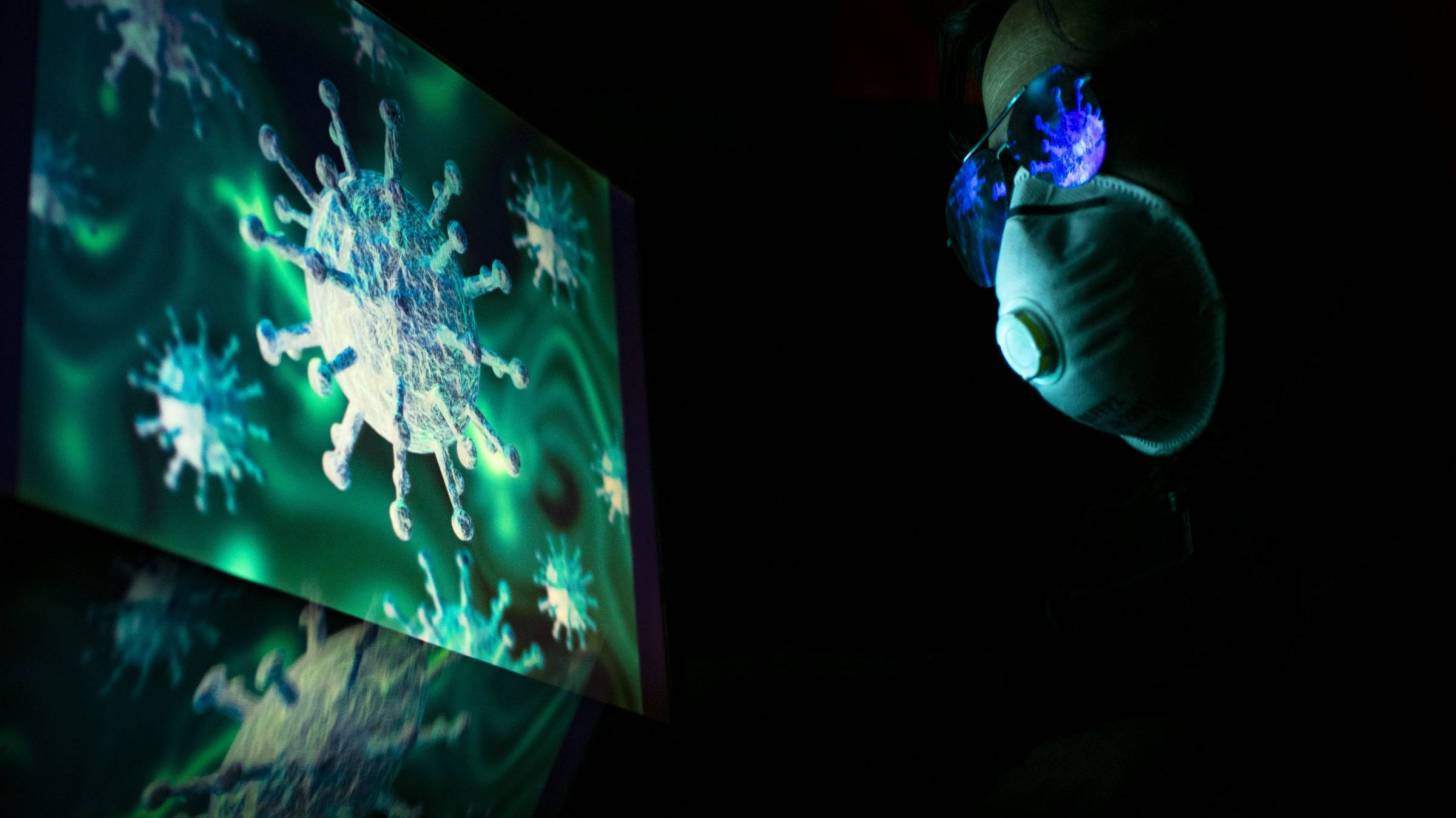Visualizing Vaccine Development Through Antibody Mapping

Researchers are working hard to produce precise, 3D molecular maps to guide the development of safe, effective ways of combating the coronavirus disease 2019 (COVID-19) pandemic.
‘While there’s been a lot of excitement surrounding the promise of antibody-based tests and treatments, this new map has another important use of antibodies, which are to inform efforts to design a vaccine,’ said Dr. Francis Collins’s blog, on April 14th, 2020.
Excerpts from this blog are inserted below:
This image shows the crystal structure of a human antibody (heavy chain in orange, light chain in yellow), which is a blood protein our immune systems produce to attack viruses and other foreign invaders.
This particular antibody, called CR3022, is bound to a key surface protein of the novel coronavirus (white).
The CR3022 antibody actually doesn’t come from someone who has recovered from COVID-19.
Instead, it was obtained from a person who, nearly two decades ago, survived a bout of the severe acute respiratory syndrome (SARS).
The SARS virus, which disappeared in 2004 after a brief outbreak in humans, is closely related to the novel coronavirus that causes COVID-19.
In a recent paper in the journal Science, the NIH-funded lab of Ian Wilson, The Scripps Research Institute, La Jolla, CA, along with colleagues at The University of Hong Kong, sought to understand how the human immune system interacts with and neutralizes this highly infectious virus.
The lab did so by employing high-resolution X-ray crystallography tools. They captured the atomic structure of this antibody bound to its target by shooting X-rays through its crystallized form.
Other researchers had shown previously that CR3022 cross-reacts with the novel coronavirus, although the antibody doesn’t bind tightly enough to neutralize and stop it from infecting cells.
So, Wilson’s team went to work to learn precisely where the antibody attaches to the novel virus.
Those sites are of special interest because they highlight spots on a virus that are vulnerable to attack—and, as such, potentially good targets for vaccine designers.
A key finding in the new paper is that the antibody binds a highly similar site on both the SARS and novel coronaviruses.
Those sites differ in each virus by just four amino acids, the building blocks of a protein.
This is particularly interesting because this antibody is bound to a spike protein, which is the appendage on both the SARS and novel coronavirus that enables them to bind to a key receptor protein on the surface of human cells, called ACE2.
This binding activity marks the first step for these viruses in gaining entry into human cells and infecting them.
The human antibody shown in this image locks onto the virus’s spike protein at a different location than where the human ACE2 protein binds to the novel coronavirus.
Intriguingly, the antibody binds to a spot on the novel coronavirus that is usually hidden, except for when the virus shapeshifts its structure in order to infect a cell.
The findings suggest that a successful vaccine may be one that elicits antibodies that targets this same spot, but binds more tightly than the one seen above, thereby protecting human cells against the virus that causes COVID-19.
However, Wilson notes that this study has just uncovered one potential vulnerability of the novel coronavirus, and it is likely the virus has many more that could be revealed with further study.
To continue in this quest to design a safe and effective vaccine, Wilson and his colleagues are now gathering blood samples to collect antibodies from people who’ve recovered from COVID-19.
So, we can look forward to seeing some even more revealing images soon, concluded Dr. Francis Collins’s weekly blog posting.
COVID-19 anti-body tests and treatment news published by CoronavirusToday.
Our Trust Standards: Medical Advisory Committee

